
The science of “lightweighting,” reducing the mass of components to meet ever more stringent emissions standards, has been at the forefront of the trends embraced by the global automotive industry. With vehicle weight accounting for three-quarters of fuel consumption, engineers have a huge incentive to replace steel with lighter metals or switch over to plastics and composites. Every bit counts: BASF’s carbon fiber grille opening reinforcement on the 2016 Ford Shelby GT350 Mustang saved 4.4 pounds over the plastic-coated, metal-stamped part it replaced.
Of course, aside from the advanced materials used, there’s really nothing new about this. As far back as late 1913, Hudson was boasting that with a curb weight of just under 3,000 pounds, its all-new Six-40 model was one-third lighter than the average six-cylinder car. “To get such lightness combined with strength meant costlier materials and better designing. It was this added quality at a price that formed the real sensation,” the company said, noting that the reduced weight would save owners on fuel and tires.
What Hudson didn’t mention was that one of those heavier sixes was its own top-of-the-line Model 54, a majestic machine powered by a 421-cu.in. straight-six and riding on a 135-inch wheelbase. The 54 had been on the market for just a year when the Six-40 came on the scene; with a 288.5-cu.in. engine and 123-inch wheelbase, it represented “the first lightweight car of this size” at its launch in November 1913, the June 5, 1915, edition of The Hudson Triangle informed its readers.
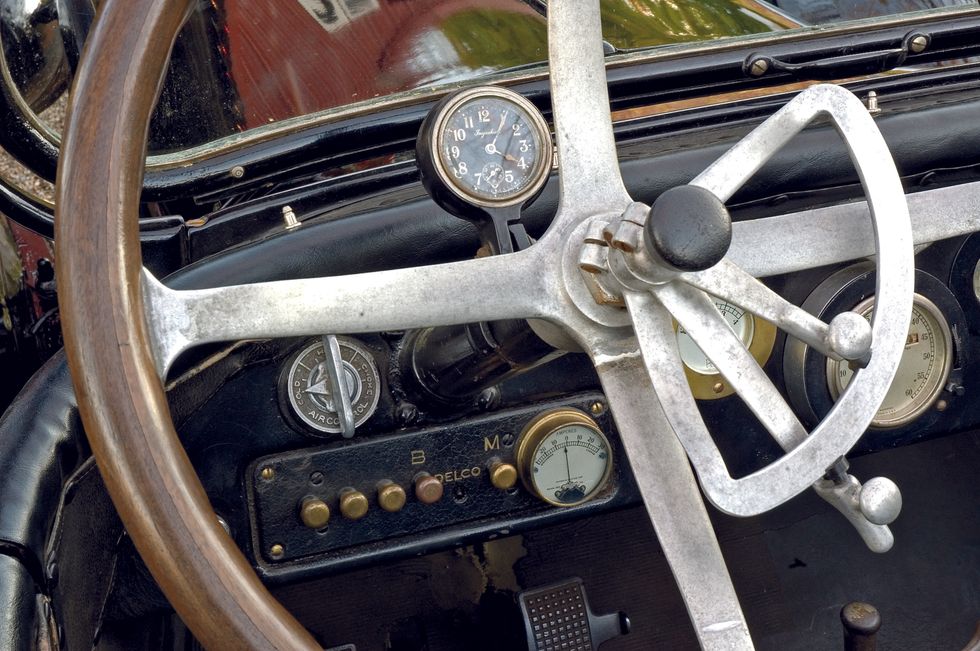
Photo: David LaChance
“It was more than a sensation. It came like a bomb in the camp to the makers of class cars,” the house magazine read. “They knew at once that if this type was accepted it meant a complete revolution—which since has come…. About all men now – makers and motorists – have adopted that conclusion. Light cars are the vogue.”
The Six-40 was built around a new, “high-speed” engine with a bore and stroke of 3.5 inches by 5 inches. The smaller bore “reduced piston shocks,” Hudson said, allowing engineers to lighten other engine components. It boasted that 1,000 parts of the car had been redesigned to shed weight while retaining strength, and that high-strength steels and aluminum had been used in place of cast iron. Equipment included a combined electric starter and generator, pneumatic tires on demountable rims, and a three-speed transmission. “There was never a higher-grade car,” Hudson crowed. “The car has ample room for seven, ample power for any emergency, yet there is no excess anywhere.”
Hudson sales rose from 10,261 for the model year 1914, to 12,864 in 1915. For 1916, Hudson improved the Six-40 while lowering the price. The “yacht-line body” had been refined, with even more room for up to five passengers in the rear compartment. The new “Ever-Luster Paint” promised that the Six-40 would keep its good looks for up to 100,000 miles. All of this came at a price cut by $200 from the previous year. The four-door phaeton was priced at $1,350, tied with the two-door roadster as Hudson’s most affordable car. Prices for closed cars were higher: $1,875 for the four-door sedan, $2,000 for the two-door coupe, and $2,450 for the seven-passenger limousine. Hudson production vaulted to 25,772.
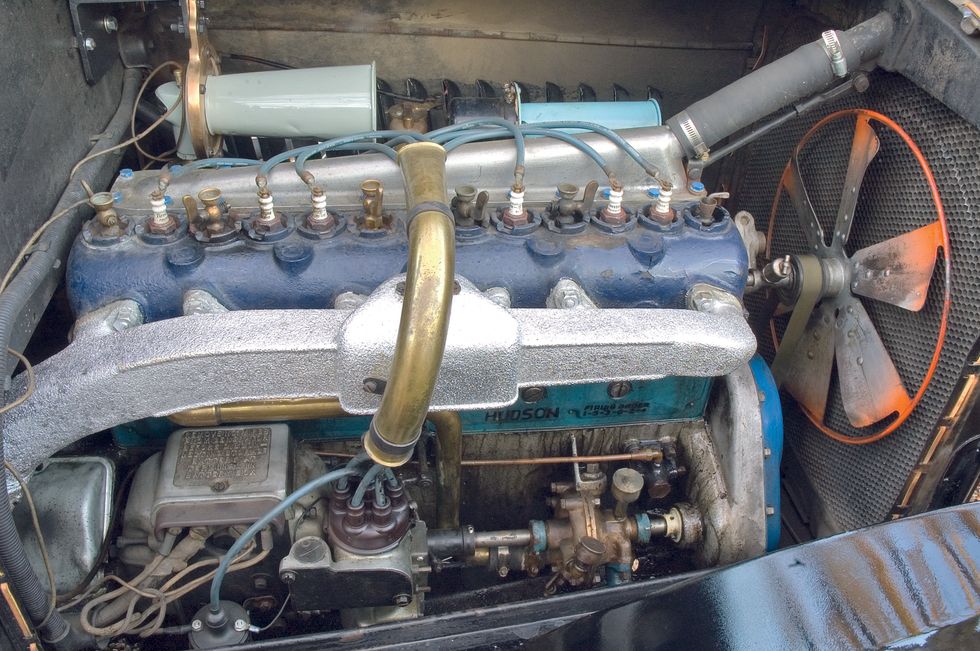
Photo: David LaChance
The Six-40 might be more widely acclaimed today if it hadn’t stood in the shadow of its successor, the revolutionary Super Six that arrived in 1916 as a 1917 model. With an advanced sidevalve six that put out a remarkable 76 horsepower, the Super Six set speed records everywhere it went. After three successful years in production, the Six-40’s race was run.
If you have your heart set on acquiring a Six-40, you’ll probably have to do some hunting. Classic.com lists just three selling at auction over the past five years—two restored phaetons that sold for $35,200 in August 2018 and $37,950 in October 2019, respectively, and an original roadster pickup that sold for $44,000 in October 2021.
The Six-40 shown here has been in Jerre Hoffman’s family since it was new. He recently transferred ownership to his son Zack, who becomes the fifth generation to own the tourer, though the car will continue to live at Jerre’s house in western Massachusetts.
Specifications – 1914-’16 Hudson Six-40
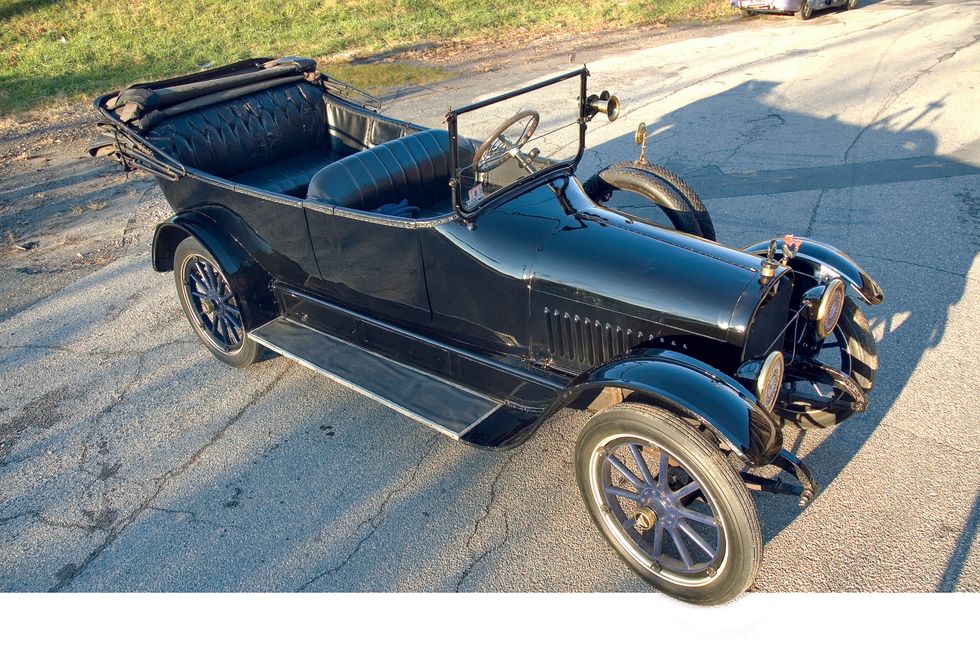
Engine: L-head inline-six, 288.5-cu.in., 42 hp @1,500 rpm
Transmission: Three-speed manual, wet clutch
Suspension: Semi-elliptic leaf springs
Brakes: Mechanical, on rear wheels
Wheelbase: 123 inches
Curb weight: 3,033 pounds (phaeton)
Price new: $1,350 (phaeton)
Value today: $35,000-$45,000
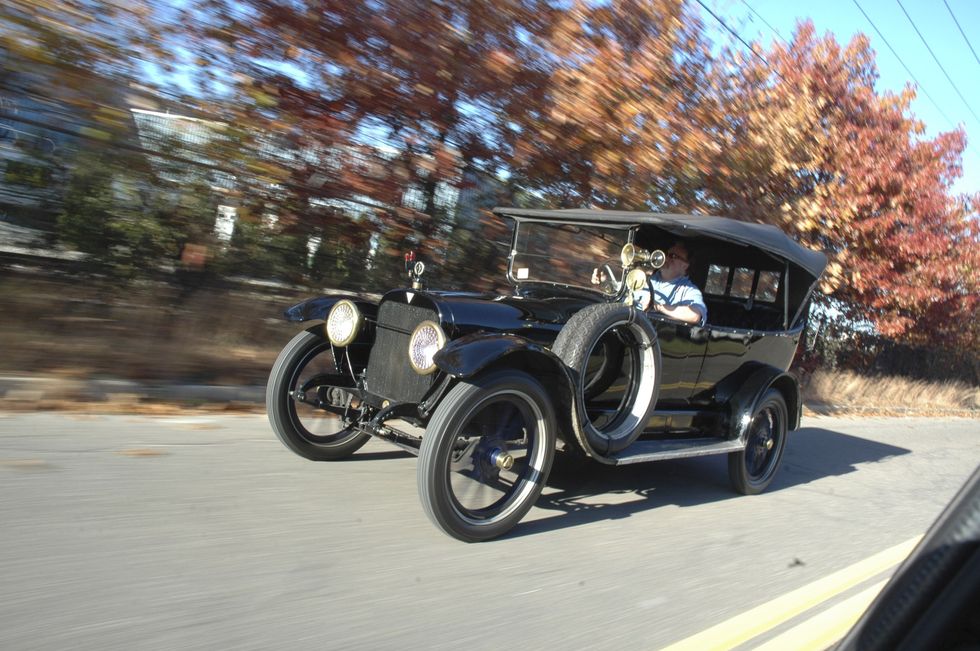
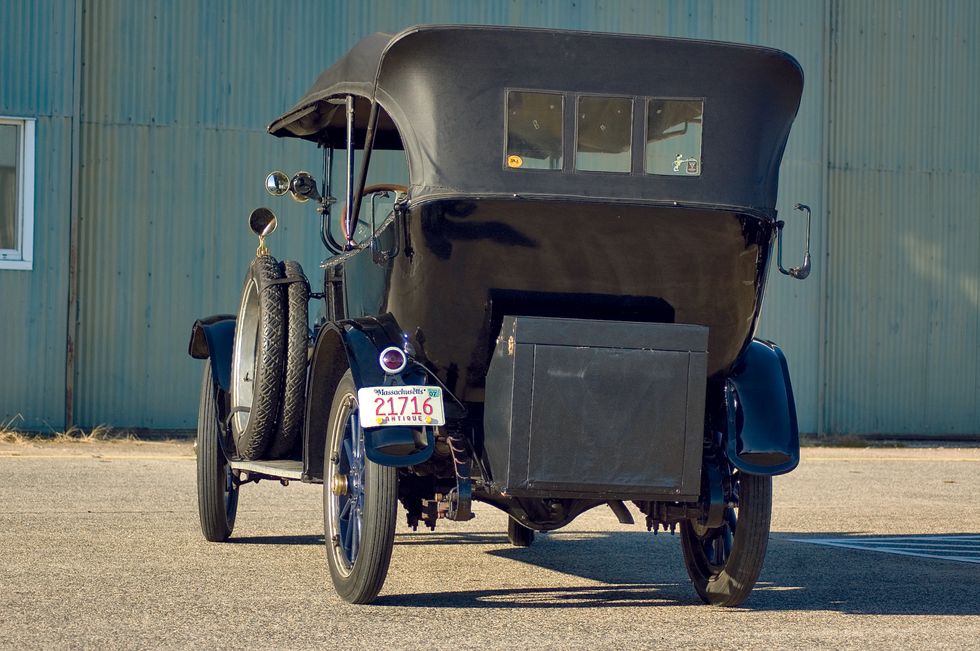
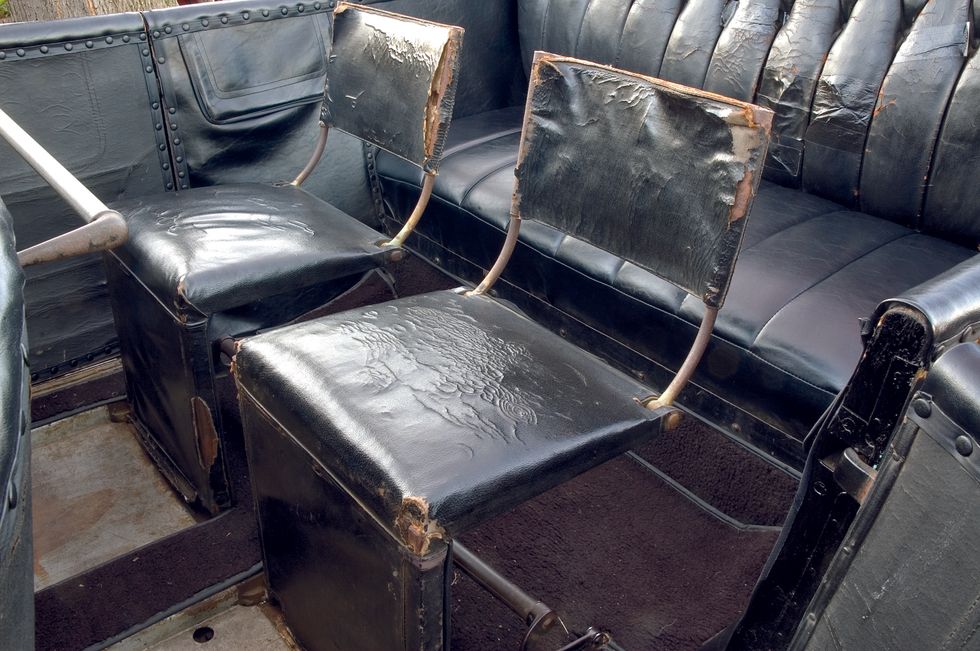
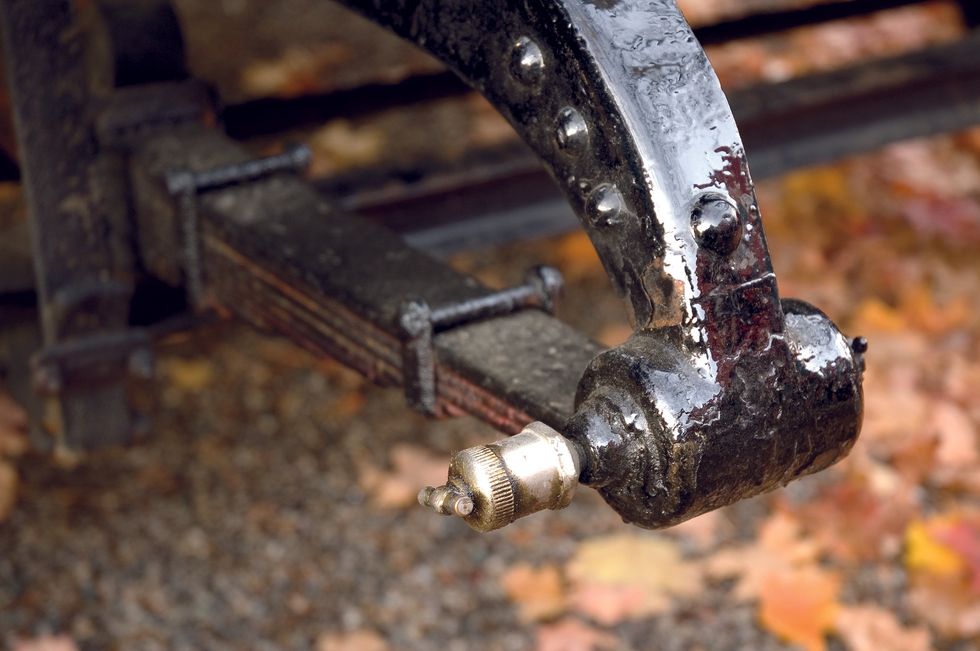
Commercials Cooperation Advertisements:
(1) IT Teacher IT Freelance

立刻註冊及報名電腦補習課程吧!
电子计算机 -教育 -IT 電腦班” ( IT電腦補習 ) 提供一個方便的电子计算机 教育平台, 為大家配對信息技术, 電腦 老師, IT freelance 和 programming expert. 讓大家方便地就能找到合適的電腦補習, 電腦班, 家教, 私人老師.
We are a education and information platform which you can find a IT private tutorial teacher or freelance.
Also we provide different information about information technology, Computer, programming, mobile, Android, apple, game, movie, anime, animation…
(2) ITSec

www.ITSeceu.uk
Secure Your Computers from Cyber Threats and mitigate risks with professional services to defend Hackers.
ITSec provide IT Security and Compliance Services, including IT Compliance Services, Risk Assessment, IT Audit, Security Assessment and Audit, ISO 27001 Consulting and Certification, GDPR Compliance Services, Privacy Impact Assessment (PIA), Penetration test, Ethical Hacking, Vulnerabilities scan, IT Consulting, Data Privacy Consulting, Data Protection Services, Information Security Consulting, Cyber Security Consulting, Network Security Audit, Security Awareness Training.
Contact us right away.
Email (Prefer using email to contact us):
SalesExecutive@ITSec.vip